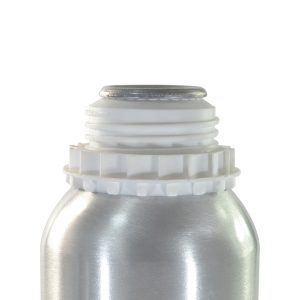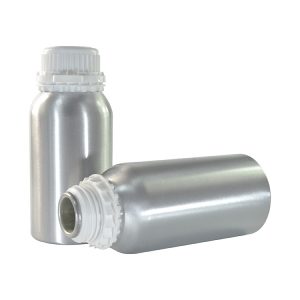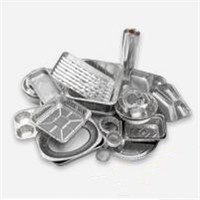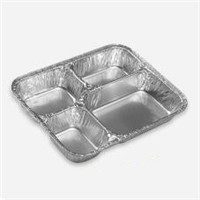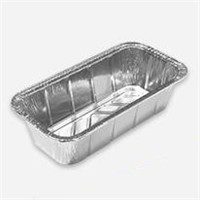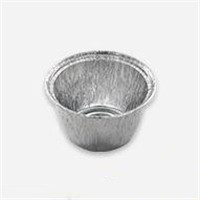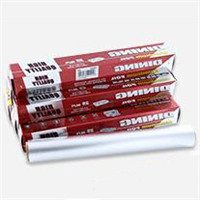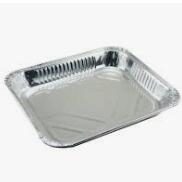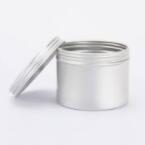There are many types of tinplate badges, mainly including: badges, collars, epaulettes, armbands, medals, medals, commemorative medals, etc. The tinplate badge processing technology includes baking varnish, enamel, printing, and stamping. There are other production processes: silk screen, offset printing or 3D effects.
1. Enamel production process: the tinplate badges processed by the enamel production process are exquisite in craftsmanship, with bright colors and smooth surface; the surface is flat and can be processed with metal colors such as tin plating and gold plating, which gives people a luxurious feeling. Customized craftsmanship of tinplate badges.
2. Stamping production process: stamping badges generally use tinplate (tinned or chrome-plated), of which tinplate has an anti-corrosion process, so most stamping badges are treated with tinplate, followed by chrome plating. The stamped tinplate badge can be used for various electroplating effects, including gold-plated, copper-plated, silver-plated and other electroplating effects. The concave part of the stamped tinplate badge can also be processed into a matte effect to enhance the overall metallic texture of the badge.
3. Printing production process: Tinplate badge printing production is generally divided into screen printing (commonly known as screen printing), lithographic printing (commonly known as epoxy), because the post process of tinplate badges is to coat a layer of transparent and bright paint on the surface of the badge ( Polly), the material is tin-plated tinplate between 0.20-0.30mm. Under normal circumstances, the back of the badge will be coated with gold oil, which can enhance the metal reflective effect of the badge. The surface of printed tinplate badges is generally not electroplated, and should be treated with natural color or wire drawing. The screen-printed tinplate badges are mainly for simple graphics and less color selection. The production cost of screen printing is lower than that of lithographic printing. Printing is mainly aimed at complicated patterns, more gradient colors, and higher production costs than screen printing.
